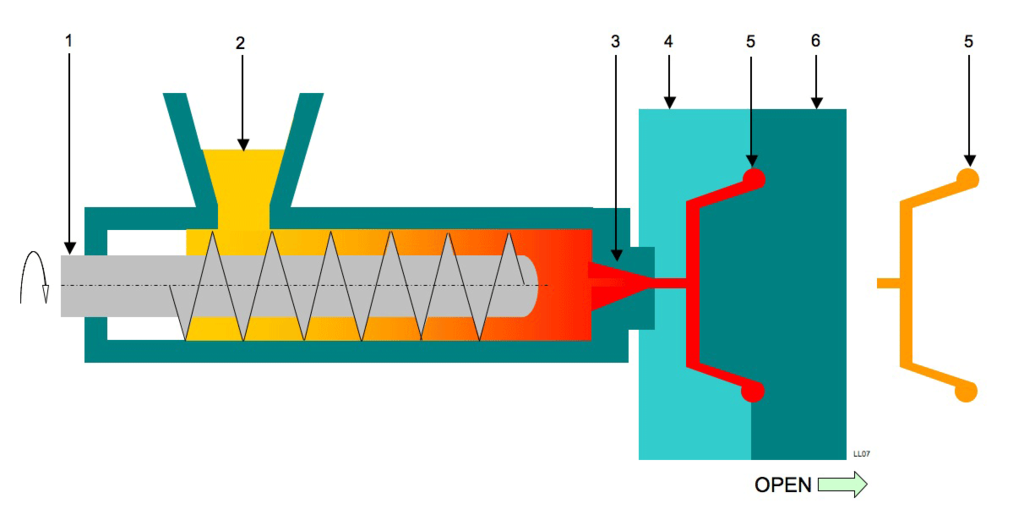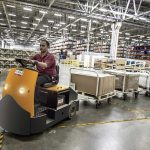
Over the years, the global manufacturing landscape has shifted dramatically, with industries relocating from the West to the East in pursuit of lower labor costs. This migration has often been driven by the allure of significantly reduced operating expenses, as factories are commonly situated in regions offering the most competitive wages. However, the practice of manufacturing abroad carries the unintended consequence of diverting financial resources from the local economy, which can lead to broader economic challenges similar to those many countries are currently facing. Before making any strategic decisions about where to manufacture, it’s essential to understand the full spectrum of implications. This blog post aims to guide you through the critical considerations necessary for making an informed choice in today’s complex economic environment.
Factors to Consider When Choosing a Manufacturing Base
1. Cost Analysis
While off-shore manufacturing can be cheaper, hidden costs such as tariffs, shipping, and longer lead times can offset initial savings. A thorough cost analysis is essential.
The costs are the biggest part of this endeavour. Of course, when you’re using countries that have lower wages, you’re not going to be spending as much on your staff. You can also consider opening an offshore company in a tax haven where you can benefit from low costs for operating a business. But, this fails to consider a lot of other costs that are brought with manufacturing overseas. You will have to ship the goods, for one. And, then, you’ll have to pay import taxes and tariffs on the goods. This can add up to a lot of money, if your goods are valuable. You don’t have these costs when you manufacture at home, though. In most cases, manufacturing at home won’t be much more expensive than going abroad to do it. And, in some cases, it could even be cheaper. Look at different options for your factory.
2. Do Research and consider Market Access
Researching manufacturing options involves more than just evaluating costs. While many countries are known for producing items of varying quality levels, the quality generally depends on the specific factory rather than the country as a whole. It’s crucial to consider this as you assess your choices. To identify the best match for your needs, trial various plants capable of meeting your criteria and request prototypes to gauge the quality of their work. Once you find a facility that delivers superior quality at a reasonable price, you’ll likely have discovered your ideal manufacturing partner. Ideally, this option will be located within your own country, aligning with both logistical advantages and domestic economic benefits.
Proximity to your market can reduce shipping times and costs, offering a competitive advantage in rapidly changing markets.
3. Political and Economic Stability
The political climate in a manufacturing region can affect production and supply chains. Domestic manufacturing eliminates international political risks. Stability in the local political environment ensures more predictable operations and minimizes the disruptions that can arise from foreign policy changes or international disputes. Additionally, by manufacturing domestically, companies can benefit from more consistent regulatory frameworks and potentially faster response times in adapting to new laws or guidelines. This proximity allows businesses to react quickly to the changing political landscape, securing a more controlled and steady production flow.
4. Logistics and Shipping Considerations
Opting for a domestic factory offers significant benefits, notably boosting the local economy and supporting regional businesses. This makes it an attractive option worth considering. However, you also have to think about viability. Your manufacturing needs both now and in the future must be factored into your decision. Ideally, your operations will require a facility capable of scaling production and accommodating growth without the need for relocating. This means the plant must have the capacity for expansion. If suitable options are not readily available locally, you may need to extend your search to ensure you find a facility that meets these long-term requirements.
Long-distance shipping increases the risk of supply chain disruptions. Domestic manufacturing simplifies logistics and reduces these risks.
.

Conclusion
The decision between off-shore and domestic manufacturing depends on numerous factors including cost, quality control, market proximity, and economic impact. By carefully assessing these elements, businesses can choose a strategy that not only maximizes efficiency but also aligns with their broader corporate ethos and goals. Whether you lean towards off-shore or prefer to keep it local, the key is to make a choice that supports your business’s growth and sustainability in a global marketplace.










